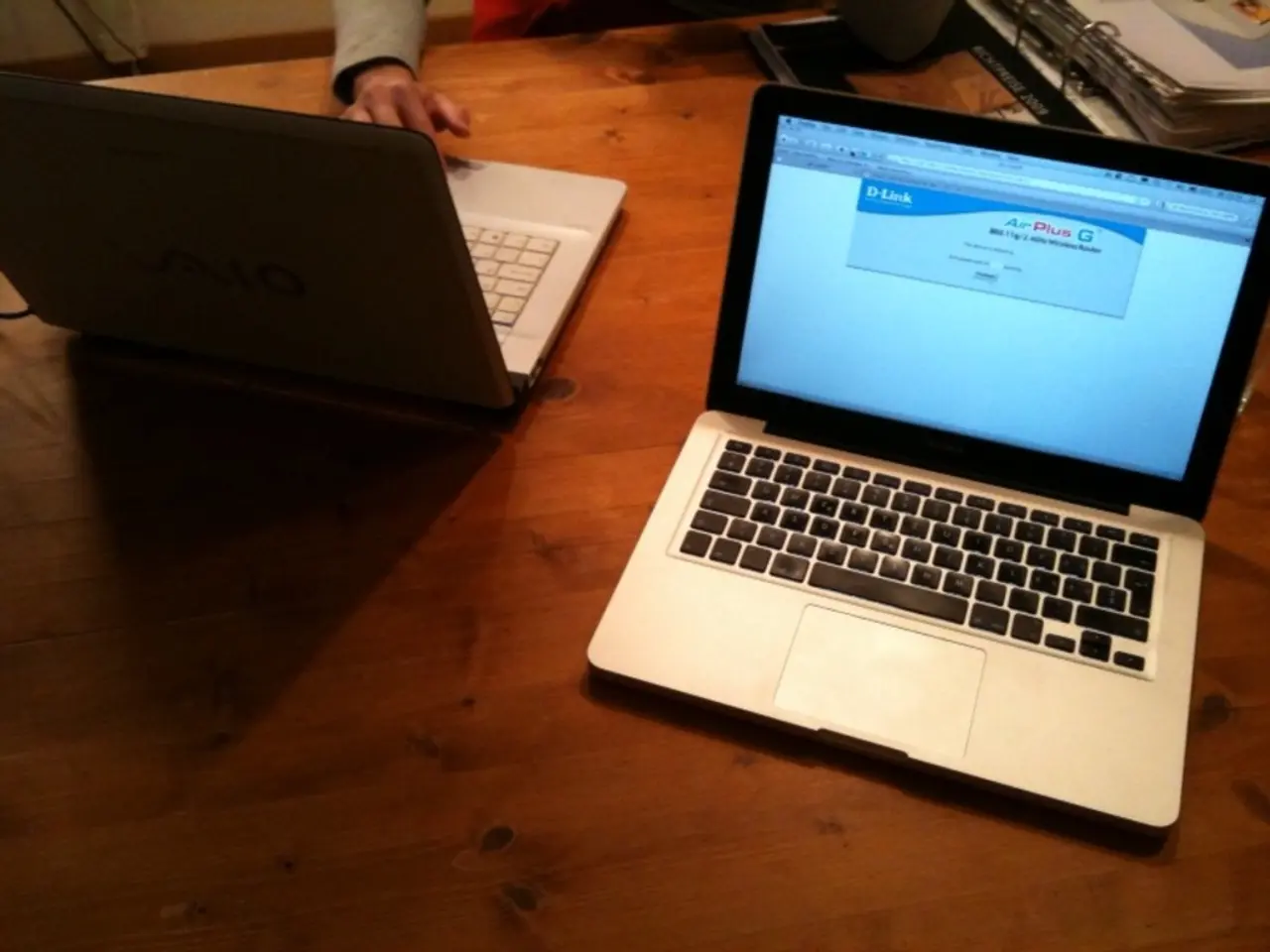Revolutionary Laptop Tipped the Scales at 24 Pounds, Sported a 5-Inch Screen, Yet Transformed the World of Computers Permanently
The Osborne 1: The Pioneer of Portable Computing
The Osborne 1, a revolutionary portable computer, made its debut in the early 1980s, shaking up the tech industry and paving the way for the laptops, tablets, and mobile devices we know today.
Adam Osborne, the visionary behind Osborne Computer Corporation, had bet everything on building an affordable, all-in-one computer. In April 1981, the Osborne 1 was showcased at the West Coast Computer Faire in San Francisco, creating a buzz that was hard to ignore. Byte Magazine succinctly announced, "(1) it will cost $1795, and (2) it's portable."
By the second day of the show, the Osborne Computer Corporation's booth was swamped with curious onlookers. The appeal of the Osborne 1 was immediate for certain professions, particularly journalists, lawyers, and accountants. Time Magazine described the Osborne 1 as looking more like a World War II field radio and a shrunken instrument panel of a DC-3.
The Osborne 1, despite its short lifespan, proved there was a huge appetite for portable computing. By June 1981, the first units of the Osborne 1 started shipping, and by September, the company had its first $1 million sales month. In the following year, Osborne's revenues reached $73 million, and the next year, they hit $100 million.
The success of the Osborne 1 sparked a wave of imitators, including the Kaypro II, Compaq Portable, and many other portable models. However, the Osborne Effect entered business lexicon as the danger of announcing new products too early. The Osborne 1's announcement led to a premature market saturation, causing a drop in sales when rivals started to release their own portable computers.
The Osborne 1 was a portable computer that resembled a small suitcase and weighed approximately 24 1/2 pounds. It came with the CP/M 2.2 operating system, WordStar (the most popular word processor of its day), SuperCalc (spreadsheet), MailMerge, Microsoft BASIC, and CBASIC programming languages. Later units of the Osborne 1 included dBase II, the leading database program.
Under bankruptcy protection, the company launched the Osborne 4 Vixen in 1984, but it did not succeed. In 1986, Osborne Computer Corporation closed for good. Adam Osborne's 1984 memoir, Hypergrowth, recounted the meteoric rise and fall of the Osborne 1, blaming banks, management changes, and the market's shift.
Despite its troubled history, the Osborne 1's impact on the tech industry cannot be overstated. Built to be tough enough for travel with an ABS plastic shell, the Osborne 1 was priced at $1,795 and came with thousands of dollars' worth of software. It was the first step towards a world where computing could be done on the go, and for that, it will always be remembered.
Read also:
- Peptide YY (PYY): Exploring its Role in Appetite Suppression, Intestinal Health, and Cognitive Links
- Exploring the impacts and various aspects of smoking cigars
- Easing Pedestrian Traffic Signal Pressure
- Aspergillosis: Recognizing Symptoms, Treatment Methods, and Knowing When Medical Attention is Required








